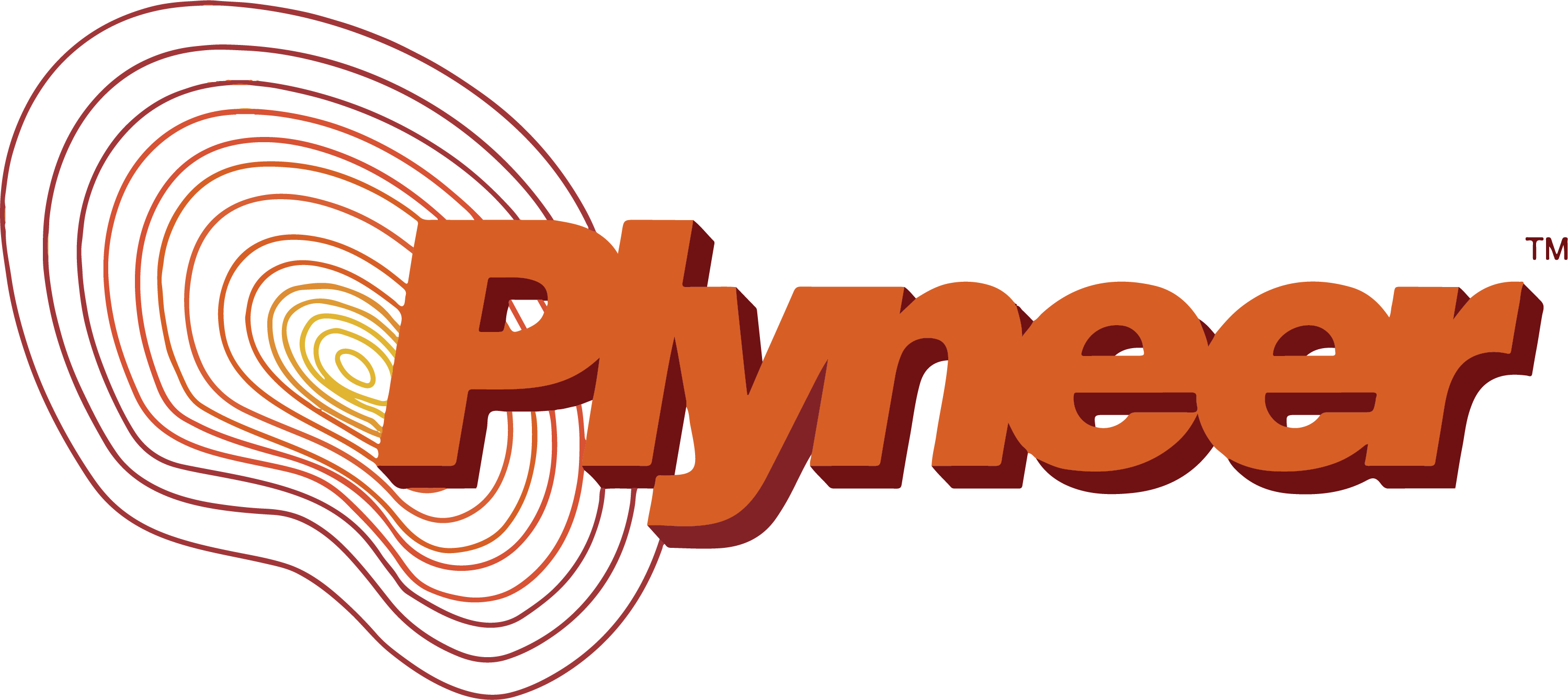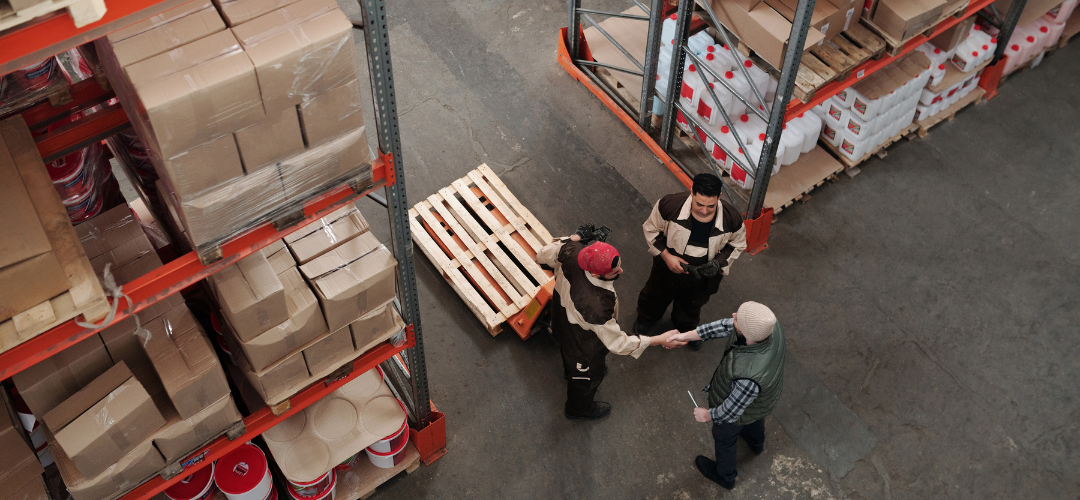Introduction
Choosing the right plywood for your home, kitchen, or office interiors can be a daunting task, especially when you encounter terms like MR, BWR, and BWP plywood. Each type of plywood serves a specific purpose, and selecting the wrong one can result in warping, water damage, or wasted money.
This guide will help you understand the key differences between MR, BWR, and BWP plywood. We’ll also highlight where each type should be used, so you can make the right choice for your furniture, modular kitchen, and interior design projects.
1️⃣ What Does MR, BWR, and BWP Mean?
1. MR Plywood (Moisture Resistant Plywood)
MR stands for Moisture Resistant, but don’t be misled. It means that the plywood can resist humidity and dampness, but it is NOT waterproof. MR plywood is also referred to as Commercial Plywood and is best suited for indoor applications where moisture exposure is minimal.
Uses: Wardrobes, shelves, TV units, partitions, and office furniture
Avoid For: Areas exposed to high moisture, such as kitchens and bathrooms
2. BWR Plywood (Boiling Water Resistant Plywood)
BWR stands for Boiling Water Resistant. This type of plywood is treated with phenolic resins, making it highly water-resistant. Unlike MR plywood, BWR plywood can withstand direct water contact for short periods. It’s often used in areas exposed to moisture, such as kitchens and bathrooms.
Uses: Modular kitchen cabinets, bathroom storage, semi-outdoor furniture
Avoid For: Areas exposed to long-term water submersion
3. BWP Plywood (Boiling Waterproof Plywood)
BWP stands for Boiling Waterproof, and as the name suggests, it is 100% waterproof plywood. It is designed to endure complete water immersion for long periods. This makes BWP plywood the most durable and water-resistant of all three types.
Uses: Bathroom cabinets, under-sink storage, coastal areas, areas with high humidity
Avoid For: Non-moisture exposed areas where MR plywood can suffice (to save costs)
2️⃣ Key Differences: MR vs BWR vs BWP Plywood
|
Feature |
MR Plywood |
BWR Plywood |
BWP Plywood |
|
Full Form |
Moisture Resistant |
Boiling Water Resistant |
Boiling Waterproof |
|
Water Resistance |
Resists humidity, but not water |
Water-resistant (short exposure) |
100% waterproof (long exposure) |
|
Usage |
Indoor furniture, wardrobes |
Kitchens, semi-outdoor areas |
Bathrooms, under-sink storage |
|
Resin Used |
Urea Formaldehyde |
Phenolic Resin |
Phenolic Resin |
|
Cost |
₹70 - ₹85 per sq. ft. (12mm) |
₹100 - ₹125 per sq. ft. (12mm) |
₹130 - ₹150 per sq. ft. (12mm) |
|
Termite Resistance |
Yes (with pre-treatment) |
Yes (with pre-treatment) |
Yes (with pre-treatment) |
|
Recommended Areas |
Wardrobes, partitions |
Modular kitchens, bathroom vanities |
Bathrooms, coastal areas, under-sink storage |
|
Availability |
Widely Available (most affordable) |
Available at most plywood dealers |
Limited to premium plywood suppliers |
Tip: If you’re unsure which type to choose for your project, consult the experts at Plyneer. Click here to learn more.
3️⃣ Which Plywood Should You Choose for Your Project?
1. For Wardrobes, TV Units, and Partitions
Use: MR Plywood
Why? Wardrobes and partitions are not exposed to moisture, so MR plywood is sufficient. It’s also the most economical choice.
2. For Modular Kitchens
Use: BWR Plywood
Why? Kitchens have high humidity from steam and water. BWR plywood is resistant to short-term water exposure, making it ideal for kitchen cabinets.
3. For Bathroom Cabinets and Under-Sink Storage
Use: BWP Plywood
Why? Areas under the sink are exposed to water leakage, and bathrooms face heavy moisture. BWP plywood can withstand long-term water exposure, making it the best choice.
4. For Coastal Areas or High-Humidity Locations
Use: BWP Plywood
Why? Homes near the coast experience high humidity, which can damage MR and BWR plywood. BWP plywood provides long-term protection against moisture.
4️⃣ Cost Comparison of MR, BWR, and BWP Plywood
|
Plywood Type |
6mm |
12mm |
18mm |
|
MR Plywood |
₹45-₹55 |
₹70-₹85 |
₹110-₹125 |
|
BWR Plywood |
₹100-₹110 |
₹100-₹125 |
₹140-₹160 |
|
BWP Plywood |
₹130-₹150 |
₹130-₹150 |
₹180-₹220 |
Note: Prices may vary based on the supplier, region, and bulk order discounts. Check live prices at Plyneer.
5️⃣ Why Plyneer is the Best Place to Buy MR, BWR, and BWP Plywood
If you’re looking for a reliable plywood supplier, consider Plyneer. Unlike traditional plywood suppliers that operate through dealers, Plyneer offers direct-to-consumer prices. Here’s why Plyneer stands out:
- Transparent Pricing: No hidden fees or dealer markups.
- Online Ordering: Buy directly from the Plyneer website.
- Bulk Discounts: Special pricing for builders, contractors, and interior designers.
- Fast Delivery: Get plywood delivered directly to your home or project site.
Explore Plyneer’s collection of MR, BWR, and BWP plywood here.
6️⃣ Frequently Asked Questions (FAQs)
-
What is the main difference between BWR and BWP plywood?
The main difference is water resistance. BWR plywood is resistant to short-term water exposure, while BWP plywood is 100% waterproof and can withstand complete water immersion. -
Can I use MR plywood in the kitchen?
No, MR plywood should not be used in the kitchen as it is not water-resistant. For kitchens, use BWR plywood. -
Which plywood should I use for bathroom cabinets?
Bathroom cabinets face high moisture exposure, so BWP plywood is the best option. -
Which plywood is more affordable?
MR plywood is the most affordable option, making it suitable for wardrobes, partitions, and general indoor furniture.
7️⃣ Final Thoughts
To sum up:
- Use MR plywood for wardrobes, partitions, and non-moisture areas.
- Use BWR plywood for modular kitchens, bathroom vanities, and semi-outdoor furniture.
- Use BWP plywood for bathroom cabinets, under-sink storage, and homes in coastal areas.
If you’re unsure which type of plywood to use, speak to the experts at Plyneer. They offer MR, BWR, and BWP plywood with transparent pricing and bulk order discounts.
Buy MR, BWR, and BWP plywood online from Plyneer here.







